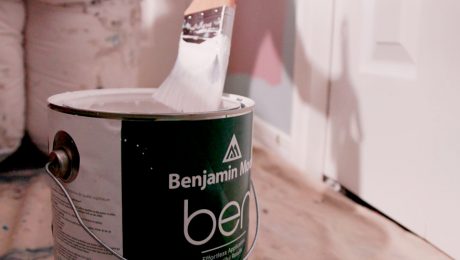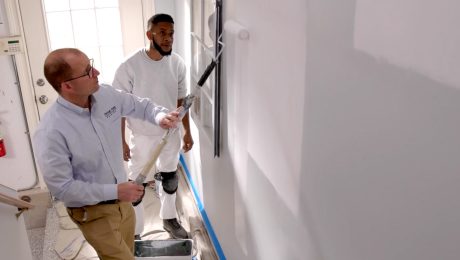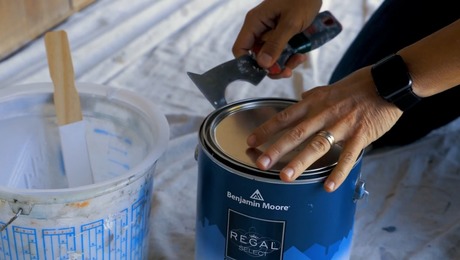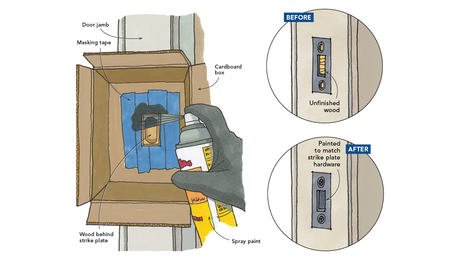Estimating Paint Quantities
Understanding your substrate and square footage will help provide the correct amount of paint and an accurate cost estimate for your clients.
Sponsored by Benjamin Moore
To estimate the right amount of paint you’ll need for a project, the square footage range found on any paint manufacturer’s can is a great starting point, but you then need to consider other factors that are present on the job site.
Start by determining the square footage of the space by measuring the length and height of the walls and multiplying.
Very textured, porous surfaces are going to drink up more paint; if that’s what you’ll be covering, you’ll likely need to increase the amount of your paint order. If you’re painting over a dry builder’s flat, you’re probably going to need an extra gallon. If you’re painting over an existing eggshell finish, it’s not going to drink up as much, and a gallon will go a longer way.
By calculating square footage and factoring in other realities on the job site, you will arrive at a great paint estimate and not run low on that last wall.
RELATED STORIES





























